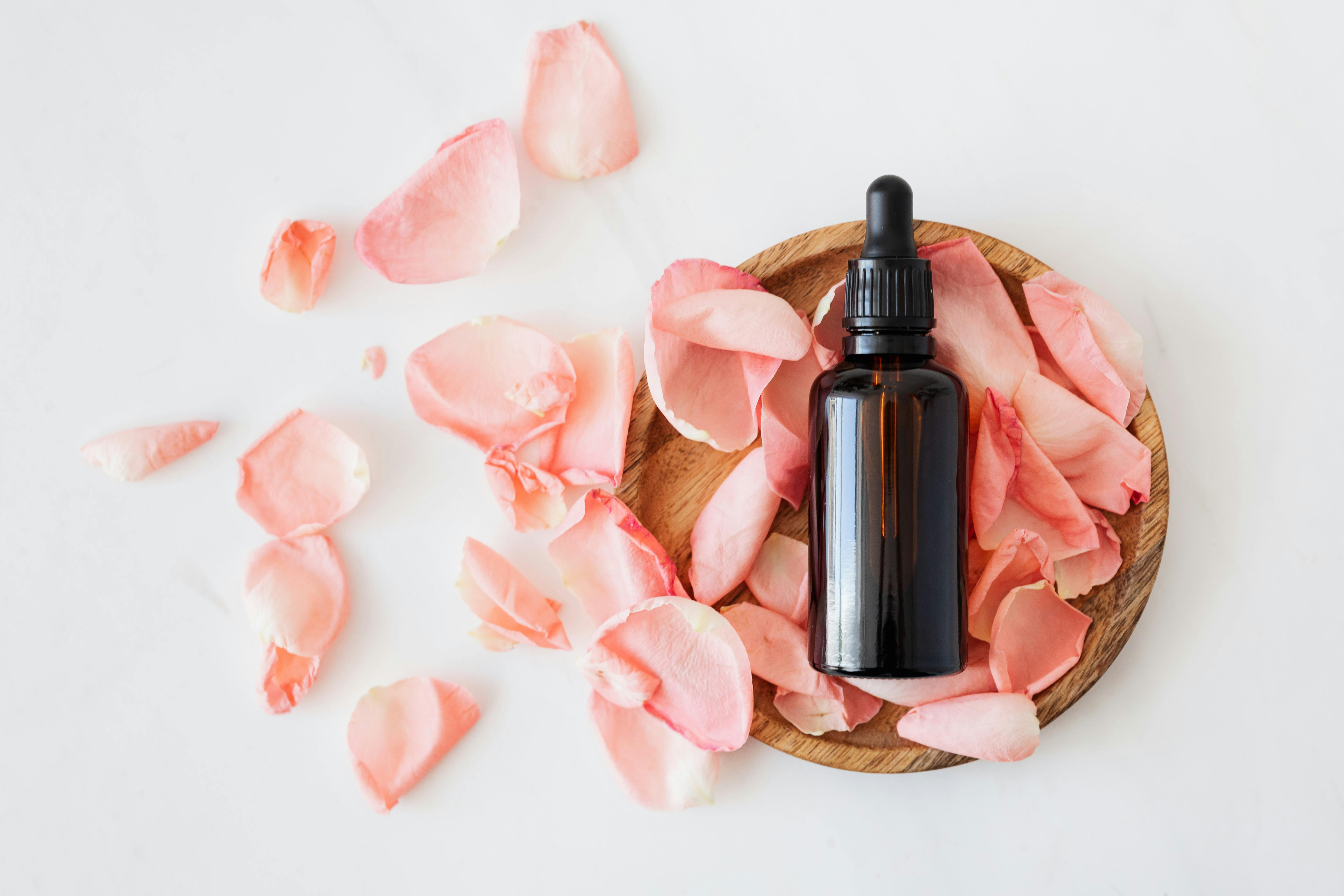Hyaluronic acid is a powerhouse ingredient known for its exceptional hydrating properties. It is a staple in many skincare routines due to its ability to retain moisture, plump the skin, and promote a youthful, glowing complexion. Here’s a comprehensive guide to hyaluronic acid, including what it should and shouldn’t be mixed with, and the advantages and disadvantages of these combinations.
Benefits of Hyaluronic Acid
Hydration
- Moisture Retention: Hyaluronic can hold up to 1,000 times its weight in water, making it an excellent hydrator for all skin types.
- Plump Skin: Helps to plump and firm the skin, reducing the appearance of fine lines and wrinkles.
- Smooth Texture: Improves skin texture by smoothing out rough and dry patches.
Soothing
- Calms Irritation: Its gentle, hydrating properties can soothe irritated or sensitive skin.
- Reduces Redness: Helps to calm and reduce redness and inflammation.
Anti-Aging
- Boosts Elasticity: Promotes skin elasticity, keeping it looking firm and youthful.
- Fine Lines and Wrinkles: Reduces the visibility of fine lines and wrinkles through intense hydration and plumping.
How to Use Hyaluronic Acid
Hyaluronic acid is versatile and can be incorporated into your skincare routine in various ways:
- Serums: Apply a hyaluronic serum after cleansing and toning, but before moisturizing.
- Moisturizers: Many moisturizers contain hyaluronic acid to provide an extra boost of hydration.
- Sheet Masks: Use sheet masks infused with hyaluronic for an intense hydration treatment.
Product Recommendation
The Ordinary Hyaluronic Acid 2% + B5: This serum combines hyaluronic with vitamin B5 to enhance surface hydration and soothe the skin.
What to Mix with Hyaluronic Acid
Compatible Ingredients
- Vitamin C
- Advantage: Combining hyaluronic with vitamin C can enhance hydration and brightening effects, promoting a more even skin tone and radiant complexion.
- Disadvantage: There are no significant disadvantages if both products are formulated correctly and applied in the right order (vitamin C first, then hyaluronic acid).
- Niacinamide
- Advantage: This combination can help reduce the appearance of fine lines, improve skin elasticity, and even out skin tone.
- Disadvantage: There are no significant disadvantages as both ingredients are gentle and complement each other well.
- Peptides
- Advantage: Combining peptides with hyaluronic can enhance skin firmness, hydration, and overall skin health.
- Disadvantage: There are no significant disadvantages as both ingredients work synergistically to benefit the skin.
How to Apply
- Order: Apply serums from thinnest to thickest consistency. Typically, vitamin C first, followed by hyaluronic, and then niacinamide or peptides.
- Layering: Allow each product to absorb fully before applying the next to maximize effectiveness.
What Not to Mix with Hyaluronic Acid
Incompatible Ingredients
- Acidic Products (like AHAs and BHAs)
- Disadvantage: Mixing hyaluronic with strong acids can reduce its effectiveness and potentially cause irritation, especially for sensitive skin.
- Recommendation: Use hyaluronic in the morning and acids in the evening, or on alternate days to avoid irritation.
- Retinoids
- Disadvantage: While hyaluronic acid itself is gentle, combining it with retinoids can sometimes lead to over-exfoliation and irritation, especially for those new to retinoids.
- Recommendation: Apply hyaluronic acid in the morning and retinoids at night, or use hyaluronic acid after retinoids to help soothe and hydrate the skin.
How to Apply
- Order: If you must use both, apply the more active ingredient first (like AHAs/BHAs or retinoids), wait for it to absorb, then follow with hyaluronic to mitigate potential dryness or irritation.
- Separation: Consider using the active ingredients (AHAs, BHAs, or retinoids) and hyaluronic acid at different times of the day or on different days.
Conclusion
It is a versatile and powerful ingredient that can benefit all skin types, providing deep hydration, plumping, and soothing effects. When mixed with compatible ingredients like vitamin C, niacinamide, and peptides, it can enhance overall skin health and appearance. However, caution should be taken when combining it with strong acids and retinoids to avoid irritation.
By understanding how to properly incorporate hyaluronic into your skincare routine, you can maximize its benefits and achieve a healthy, radiant complexion. For more personalized advice and product recommendations, explore our Skincare Essentials section or consult with a skincare professional.




